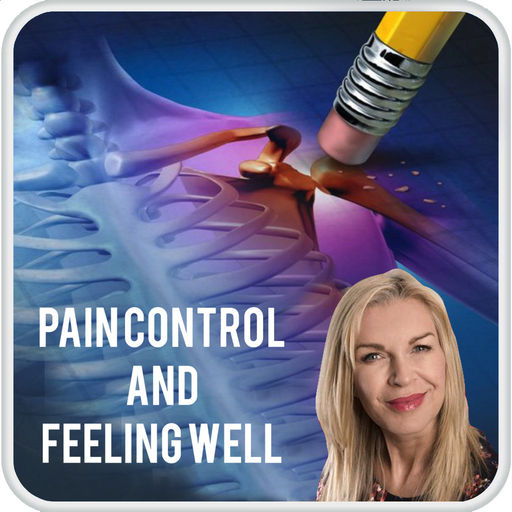Addiction is not always the outcome
Often physicians are not well educated in pain management and/or struggle with beliefs that using narcotics will cause addiction problems for most patients.
The Myth of Addiction
In fact, if your body requires the pain medication, there is little evidence that addiction will result from using medications as prescribed. Misusing the medication and taking it when you no longer have pain, is a different story. Appropriate evaluation and prescribing is required. For anyone with a history of addictive behaviors, alternatives and/or close supervision is needed.
Using Medication Appropriately
How often have you been prescribed something such as Vicodin or Tylenol with codeine for an injury or after a surgical procedure? The dosage may vary, but the usual frequency is every four to six hours “as needed for pain.” The practitioner gives you the prescription and tells you to take it only if you need it, and usually suggests you try a milder OTC medication such as Ibuprofen or Tylenol first.
Depending upon your pain threshold and the underlying cause of the pain, the milder medication may work just fine or you may need nothing. However, in many instances, you will need the prescription dose at least for a couple of days. If you need it, you should take it so that your body can heal.
Meds Don’t Cure Pain
Pain is a subjective symptom and everyone’s perception of pain is different. Pain medication does not “cure” the pain. It merely helps to alter your brain’s perception of the pain and allows your body to cope with a lower degree of pain.
Studies have proven that healing is slowed by pain, as is coping and learning to live with chronic conditions. Excruciating pain is not something that you have to learn to live with. It does not make you weak to use pain medication to obtain pain control.
Pain is usually measured on a scale such as the Wong-Baker Pain Scale where 0 represents no pain and 10 represents the worst pain imaginable. In achieving pain control, 0 pain is not usually the goal. The goal is to get the pain down to a range of about 2-3 where most patients perceive they can cope.
If pain is interfering with ADLs (activities of daily living) such as eating, sleeping and mobility, then it needs to be better controlled.
Oral pain medication, including OTC meds, usually takes about thirty to forty-five minutes to take effect. If you wait until your pain is really bad before taking the medication, it’s going to get worse before the medication takes effect. What happens then is that the medication is less effective. Take the medication as directed on a routine basis for one to two days to achieve control.
For example, pain medication usually lowers your pain level by about 2-3 points on the pain scale. Therefore if you wait until your pain is at 7 before you take the medication and during the time it takes to take effect, your pain level increases to 8 or 9; your pain relief is only going to be about 5-7. This in effect makes the medication seem useless or less effective.
On the other hand if you take the medication every four hours and keep your pain level at a maximum of 5 or 6; your relief level should be about 2 to 3. You may not even approach a 6 if you take the medication routinely throughout the day and night.
With a minimum pain level, you should be able to eat, drink, sleep, and move about and function without encountering major pain episodes. As your body heals, you will notice less and less pain and can spread out the pain medications to six hours and then taper it off even more and switch to OTC meds if needed.
Be Responsible
Be aware that prescription pain medications can impair your responses and you should NOT drive or operate any machinery while taking these medications. Driving while taking Vicodin for instance could result in a DUI the same as consuming alcohol and driving.
In most instances, you will only need the prescription medications for a couple of days during your recuperation from the injury or procedure, and staying home and resting while your body heals would be wise. After a couple of days, you should be able to use OTC medications for your pain.
If Pain Meds Don’t Help
Persist ant pain can be a sign of infection or lack of healing. It can also indicate that an injury is worse than first diagnosed. Notify your practitioner.
Discuss your pain control issues with your primary practitioner. If you have chronic pain, you may need referral to a pain clinic or specialist.

